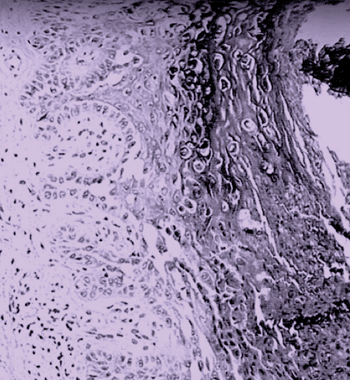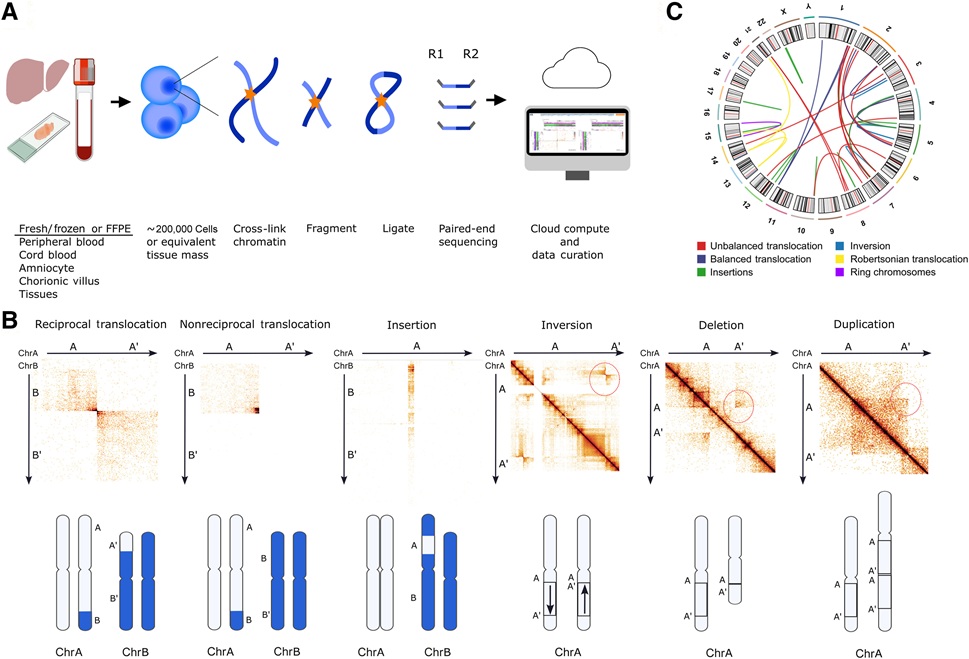Genetic Cause of Rare Skin Disease Identified
By LabMedica International staff writers
Posted on 18 Jul 2013
The genetic cause of a rare skin condition that causes hands and feet to turn white and spongy when exposed to water has been identified. Posted on 18 Jul 2013
The condition known as diffuse non-epidermolytic palmoplantar keratoderma (NEPPK) is a rare condition in which individuals have thickened, yellowish skin over their palms and soles, thickened nails and suffers from excessive sweating.

Image: Histological slide of hereditary palmoplantar keratoderma (Photo courtesy of Internet Scientific Publications).
A team of scientists led by those at Queen Mary, University of London (UK) studied DNA from a number of families of British and Swedish origin in which the skin condition is present. They used a high throughput DNA sequencing methods they were able to pin down the underlying cause of the condition to mutations in the aquaporin 5 (AQP5) gene, which encodes a water channel protein also known as aquaporin 5. All individuals who have inherited an AQP5 mutation will present with this rare skin condition.
The scientists performed immunohistochemistry to compare the localization of AQP5 between control and affected palmar-skin frozen sections. The levels of AQP5 in the palmar epidermis were much lower than those seen in cells of the sweat glands. Four of the AQP5 variants were compared to wild-type AQP5, by performing site-directed mutagenesis on an untagged human AQP5 complementary DNA (cDNA) clone (Origene; Rockville, MD, USA) with the QuikChange II Site-Directed Mutagenesis Kit (Agilent Technologies; Santa Clara, CA, USA).
David Kelsell, PhD, a professor at Queen Mary and senior author of the study said, “Aquaporins are a family of proteins known as "the plumbing system for cells" as they form pores which allow water to flow through cells rapidly. We knew aquaporin 5 was present in high amounts in the sweat glands, salivary glands, and tear ducts, routes by which the body loses water. We have now demonstrated it is also found in the skin, with higher amounts in the hands and feet.”
The prevalence of NEPPK in the general population is estimated at one in 40,000, but it is much higher in northern Sweden where a single ancestral genetic mutation is believed to have originated and then subsequently passed down from generation to generation, and a prevalence rate of up to one in 200 people. The study was published on July 3, 2013, in the American Journal of Human Genetics.
Related Links:
Queen Mary University of London
Origene
Agilent Technologies














